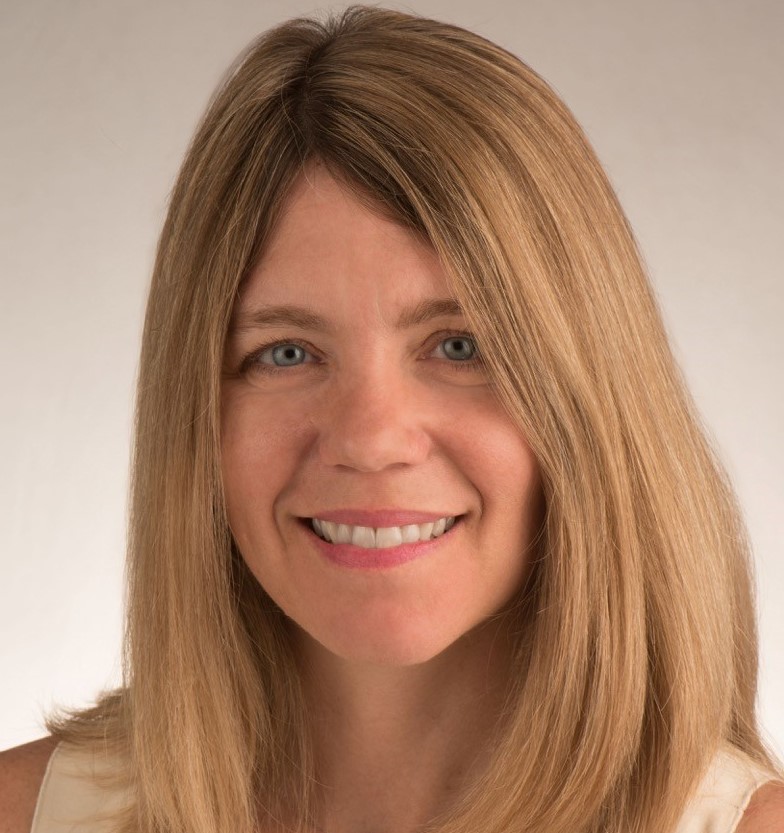Jennifer Pryce, CEO and President of US non-for-profit Calvert Impact Capital wants to take the company’s model global. For Europe, it’s looking at a new product that would appeal to institutional investors.

CV
- President and CEO, Calvert Impact Capital, 2009–present
- Director, Non-profit Finance Fund, 2004-9
- Various positions including Research Analyst at Morgan Stanley, 1994-2000
- MBA, Columbia Business School, 1999-2000
- BS, Mechanical Engineering Union College, 1990-94
“I want to take our successful model beyond the States, and I am actively looking at opportunities,” Calvert’s CEO Jennifer Pryce says. Canada and Australia will be initial targets, while for Europe the company is developing “a new product which would appeal to institutional investors.”
Calvert has a special model. It is a non-profit investment firm that moves capital into communities around the world. People and institutions invest through Calvert’s ‘Community Investment Note’ which currently is only open to US investors.
The firm pools those dollars to make loans to roughly 100 mission-driven organisations -funds and intermediaries- worldwide that have a social and/or environmental focus. Loans are priced with a model that covers the costs of operating the business, with $1mn being the normal minimum.
The note balance is currently $585mn and offers investors a return of 0.4%-2.5% depending on the maturity chosen. Returns for investors are attractive compared to other bonds, and while the Note is not investment grade it does have a 25-year track record of returning principal plus interest to its investors.
“We were one of the first ‘impact investments’ available through brokerage accounts, and anyone living in the US with $20 and a bank account can invest directly with us,” Pryce says. The Note currently has over 5,000 investors, the vast majority of whom are individuals – 98%. “They’re a really diverse group with a lot of younger investors.”
For Calvert defaults are rare, less than 0.5% of the portfolio. “It helps that we are patient lenders,” Pryce says. “When things go wrong, we ‘strategise’ to preserve impact and capital through whatever mechanisms are necessary.”
The biggest share of Calvert’s projects is in North America (53%), and while there is investment in emerging markets, compared to many other impact investors relatively little is done in Africa. Only 4.2% (adding the Middle East).
A broken financial system
Central to Pryce’s worldview is her belief that the financial system is “broken”. She believes there are large sections of the market that are underserved by the current financial system. “We can reach parts of the economy which others don’t reach,” she says.
She “saw the light” when she worked at Morgan Stanley in London. “It’s not just about the numbers – people matter,” she says. This idea was further strengthened by her time working with the Public Theatre in New York, an institution that seeks to make the arts available to all.
As she tried to help the Public Theatre “I came to realise there are parts of society, crucial parts of society, that simply don’t fit into our predominant economic model. They fall outside the financial system. That had to change.”
Climate urgency increases importance of impact measurement
Given this aspect of Calvert’s mission, ‘small businesses’ and ‘microfinance’ dominate its projects (43% together) with another 19% in affordable housing.
Pryce is clear that the climate is her number one priority going forwards in response to her investors’ wishes – Calvert regularly surveys its clients. She also feels impact measurement has become much more important as the urgency of addressing climate change has increased.
“We have to know that what we’re doing is actually working – that we’re getting somewhere,” she says. Pryce is on the Advisory Board of the Operating Principles for Impact Management, an organisation advocating a set of nine “Impact Principles” launched in April 2019 “to provide a framework for investors to ensure that impact considerations are integrated into the entire investment lifecycle, from deal sourcing to exit or repayment.”
As a keynote speaker at last week’s Phenix Digital Impact Symposium ‘Moving the Needle on Climate Change & Inclusive Growth’ she honed in on those principles in her speech dubbed ‘Mapping an entire portfolio with its effect on people and the planet’.
As these Impact Principles become more widely adopted, she believes “investors will be able to discern between serious firms that manage impact in line with the Impact Principles and those that simply release flashy impact marketing.”
Interestingly, like many impact investors, Calvert relies on a large element of self-reporting by its investees of compliance with diversity targets. It says that 90% of investees meet this requirement, but some might suggest it should be closer to 100%. Pryce herself agrees, and observes “we need to educate them in understanding their own impact and measuring their own diversity.”
This educational point is important to Calvert. Under complex US IRS tax rules, it is classified as a 501c3 institution, (i.e., tax-exempt) and education is defined as Calvert’s “common good.” Election of such a self-description is required under that rule.
Pryce admits she is frustrated with these requirements: “it is time regulators paid more attention to where the money moves. I would like us to get a different designation from the regulators.”
‘Impact investing is not about the volume of assets but the integrity of the impact and its scalability’
Pryce wants to encourage more private finance institutions to invest alongside Calvert. “In our part of the market, deals can be hard to find and cumbersome. They can be expensive to administer, let alone measure impact. We are built to do this. Why not share this?”
Over the last four years, Pryce is pleased that she has bought in over $500mn of private capital equalling the amount she deploys.
Calvert was involved in the Seychelles Blue Bond which was launched in 2018 and raised US$15mn from international investors. According to the World Bank, it demonstrated “the potential for countries to harness capital markets for financing the sustainable use of marine resources.”
“It was a landmark transaction that created a lot of conversations about how to invest in nature and the urgent need for us to take care of the oceans,” she says. Pryce admits she’s a fan of Valuing Nature, and that the book has had an important influence on her thinking.
Pryce is also proud of an environmental impact bond she worked on with Goldman Sachs for Washington DC Water. In 2016, DC Water issued a $25 million Environmental Impact Bond (EIB) to finance the construction of green infrastructure to manage stormwater runoff. As well as the environmental aspect Calvert was able to add in a jobs component: over 200 green jobs were created as a result of this transaction.
“This deal’s impact has been broad because its success has made water companies in the States no longer think of such bonds as a fringe or specialist activity. That is what impact investing is all about. Not the volume of assets but the integrity of the impact and its scalability.”





